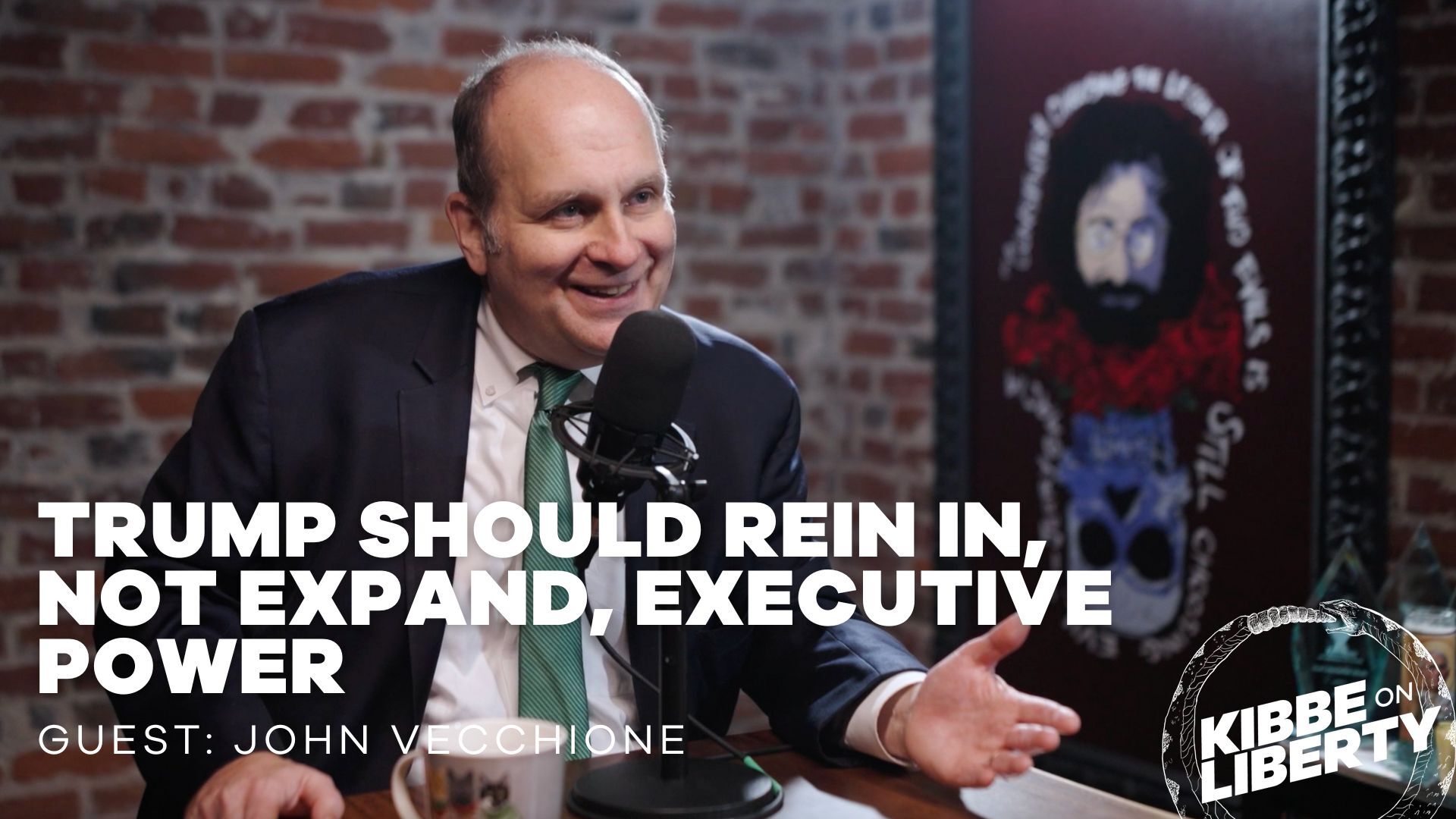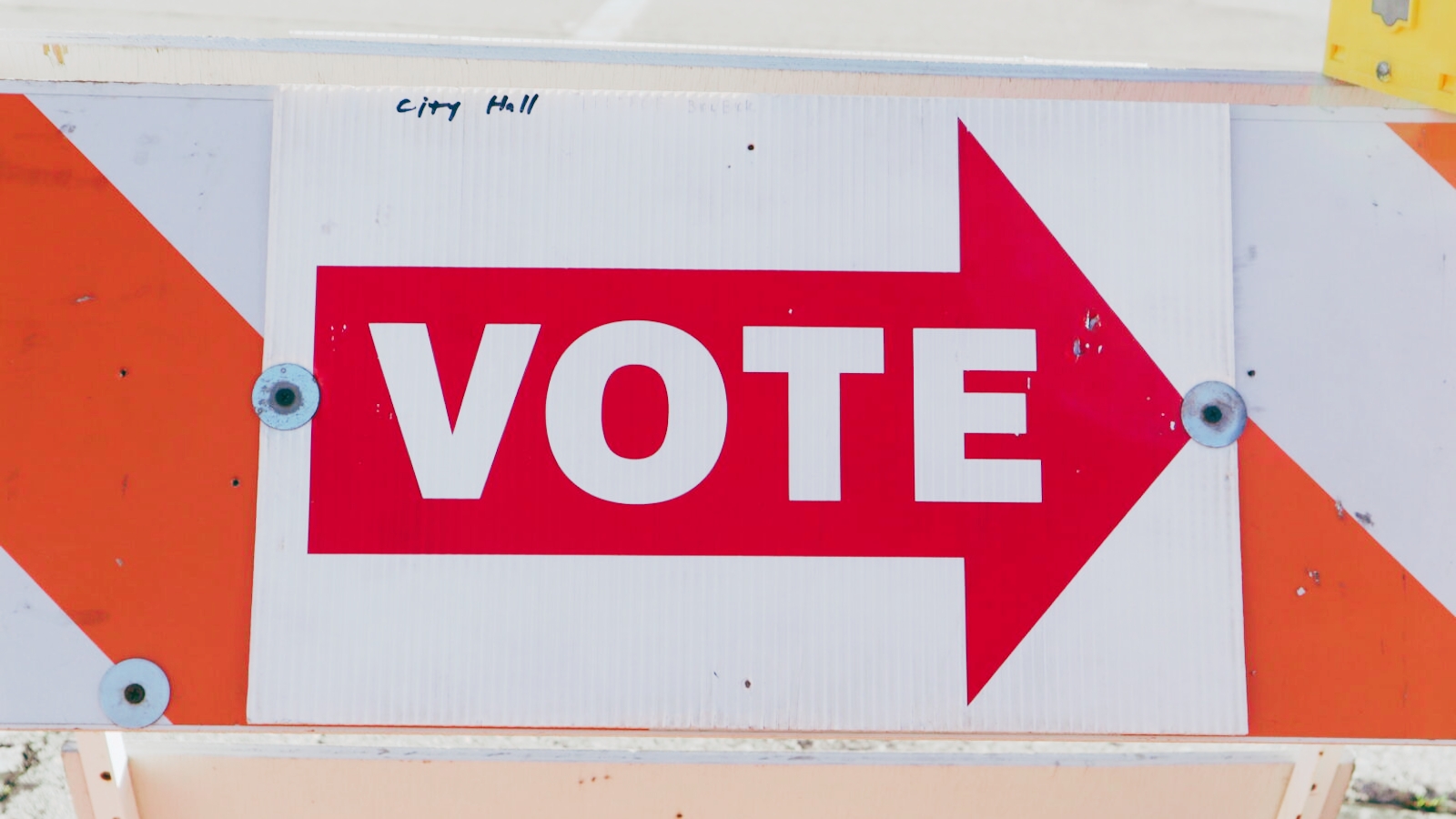
Will Higher Ed Boom or Bust under the Trump Administration?
What does the future of higher education look like? While there has been much talk about how the Trump administration will impact K-12 schools, the picture for colleges and universities looks murkier. As a candidate, Trump was comparatively silent on higher education. Now that he has been elected, we have a slightly better idea of what approach he might take.
This has led to some commentators flying into a panic, with claims that Trump will destroy the market for higher education by failing to continue the policies of the Obama administration. While it remains to be seen what Trump’s approach will actually be once he takes office, however, there are reasons to believe that education could improve significantly over the next few years. That will certainly be the case should the president and his education secretary abandon or reserve Obama’s indefensible policies.
Let’s look at student loans first. Obama was obsessed with the idea that everyone should go to college, even if they couldn’t afford it or were not well-adapted to a liberal arts education. In an effort to push more people towards the college path, Obama offered government subsidies for student loans, and allowed students to refinance loans as well. Of course, when you lower the price of something, you get more of it, so it’s no surprise that student debt ballooned under Obama to $1.46 trillion.
Maybe saddling the next generation with mountains of debt could be defensible if it is used to increase career prospects and future wages. However, it turns out that when everyone goes to college, the value of that education — at least as far as the workplace is concerned — drops. This is not only due to the increased number of degrees, but the quality of them as well. When thousands of students who would otherwise not have gone to college suddenly show up looking for diplomas, the rate of failure will naturally increase. Colleges don’t like to flunk massive amounts of students since it looks bad, and invites accusation of elitism and mistreatment of minorities. Universities, therefore, have an incentive to let poor performance slide, and allow student to graduate who would not have made the cut a few years ago. Employers recognize this, and adjust their hiring expectations accordingly.
This is known as degree inflation. A high school degree once meant something. Now it is taken for granted. The same thing is happening with college degrees. While you used to be able to take a diploma to an employer to prove that you knew more than your competitors, that piece of paper now means less than ever, and certainly won’t guarantee you a job, much less a good one. This, in turn, is forcing more and more people into master’s and doctoral programs in an effort to stand out from the pack, which means more time out of the workforce and, you guessed it, more debt.
With the flood of new debt comes the increased probability of defaults, and that prospect is starting to spook private insurers, some of whom have announced that they will stop offering student loans, fearing another bubble not unlike the housing crisis of 2008. Destroying the private lending market means students are increasingly dependent on the government, where the lack of a profit motive further increases the risk of irresponsible lending.
There’s also the possibility that universities, benefitting from a new glut of government money, will simply raise their prices to keep student enrollment at a more manageable level and increase profits. In this way, student loan subsidies accomplish the exact opposite of their stated purpose, making education more expensive, not less.
Interfering in the student loan markets has further reaching effects than just increasing the cost and decreasing the value of a college degree. Funneling young people who might have pursued technical or vocations educations, or simply entered the workforce into liberal arts colleges distorts the labor market. The president doesn’t know how many people need STEM (Science, Technology, Engineering, and Math) degrees — no one does — but by intentionally redirecting student choices, he pretends as if he does. Ordinarily, the market would sort students out by rewarding higher valued degrees, thus attracting people to those programs. By artificially lowering the cost of certain types of education, however, we run the risk of creating huge surpluses of unemployable students.
So that’s why Obama’s policies have been terrible for education, but what evidence do we have that Trump will be better? To begin with, Trump has been a vocal critic of the federal Department of Education, promising to scale back the agency’s funding in a significant way. Since the department has been the major agency responsible for meddling in student loans, this alone could be good news for education. Trump’s pick for secretary of education, although untested, also bodes well given her past support for school choice and a limited government role in education.
Trump also wants to require students to pay off their loans more rapidly, raising the current rate from 10 percent of the student’s income to 12.5 percent. This should reduce the accumulation of debt and force students to more carefully consider whether they want to take out a loan for a college education. Other positive steps would be to require university to share the risk of default with the government, and to reduce the role of government loans in favor of private lenders.
Perhaps the most promising sign for the Trump administration’s education policy is that he simply doesn’t seem that interested. During the campaign, Trump took a relatively laissez-faire approach to K-12 education, and barely mentioned higher education at all. In contrast to Obama’s constant meddling in the market, a president who just leaves colleges alone could be a welcome improvement.
It’s not all good news, however. Trump has also indicated a willingness to forgive student loans after 15 years, continuing the expectation that students can run up unlimited amounts of debt without consequence. Similarly, he has criticized the government for making profits off of current student loans, which indicates that he would lower interest rates, further distorting labor markets, undercutting private lenders, and worsening budget deficits at the same time.
The bottom line is that, as in the case of so many of Trump’s proposals, we really have no idea what he will do until he does it. It is safe to say, however, that he could hardly do worse than his predecessor. Not without some serious effort.
This article originally appeared on Conservative Review.
Free the People publishes opinion-based articles from contributing writers. The opinions and ideas expressed do not always reflect the opinions and ideas that Free the People endorses. We believe in free speech, and in providing a platform for open dialogue. Feel free to leave a comment.



